
How Do I Choose an Inverter for a Pump?
Pump systems are critical in various industries, but choosing the wrong inverter can lead to inefficiency, higher costs, and system failures. What factors should you consider

Pump systems are critical in various industries, but choosing the wrong inverter can lead to inefficiency, higher costs, and system failures. What factors should you consider
](https://hobertek.com/wp-content/uploads/2025/03/solar-pump-inverter-for-irrigation-efficient-water-pumping-solution-300x300.png)
Ever wondered how solar energy can power a water pump? Let’s explore the role of a solar pump inverter. A solar pump inverter is a device
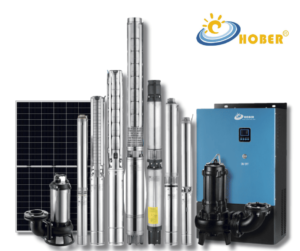
Solar water pumps provide an energy-efficient, sustainable solution for irrigation by harnessing the sun’s energy.

Solar Pump System can improve efficiency by up to 30% compared to non-MPPT systems, making it ideal for areas with inconsistent sunlight.
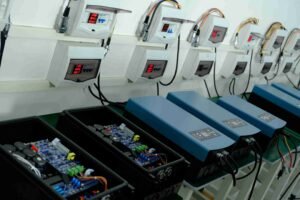
As the solar energy market continues to expand, the role of inverters becomes increasingly vital. Whether you’re looking to power your home, run industrial machinery, or pump water in remote areas, choosing the right inverter is key to unlocking the full potential of solar energy
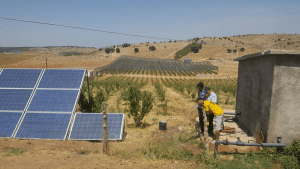
a solar pump inverter to power the pump, drawing water from wells, rivers, or reservoirs to supply irrigation systems.

A solar agriculture pump saves energy by using solar panels to directly convert sunlight into electricity, eliminating the need for grid electricity or diesel-powered pumps. With the inclusion of technologies like MPPT (Maximum Power Point Tracking), the system optimizes energy usage by adjusting to varying sunlight conditions, ensuring maximum efficiency. Additionally, solar pumping systems feature inverters and tracking MPPT to improve performance, automatically switching to the best operating mode to save energy and reduce costs.
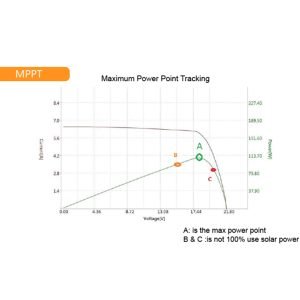
Maximum Power Point Tracking (MPPT) is an advanced feature in solar pump inverters that ensures solar panels operate at their maximum power output.
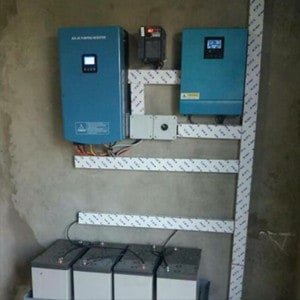
In South America and Africa, where sustainable agriculture and renewable energy intersect, solar inverters for PV pumps have emerged as pivotal solutions.
Hober offers a complete range of solar pump inverters and solar pump designed to meet the needs of various pump systems, from small household setups to large-scale agricultural or industrial applications.

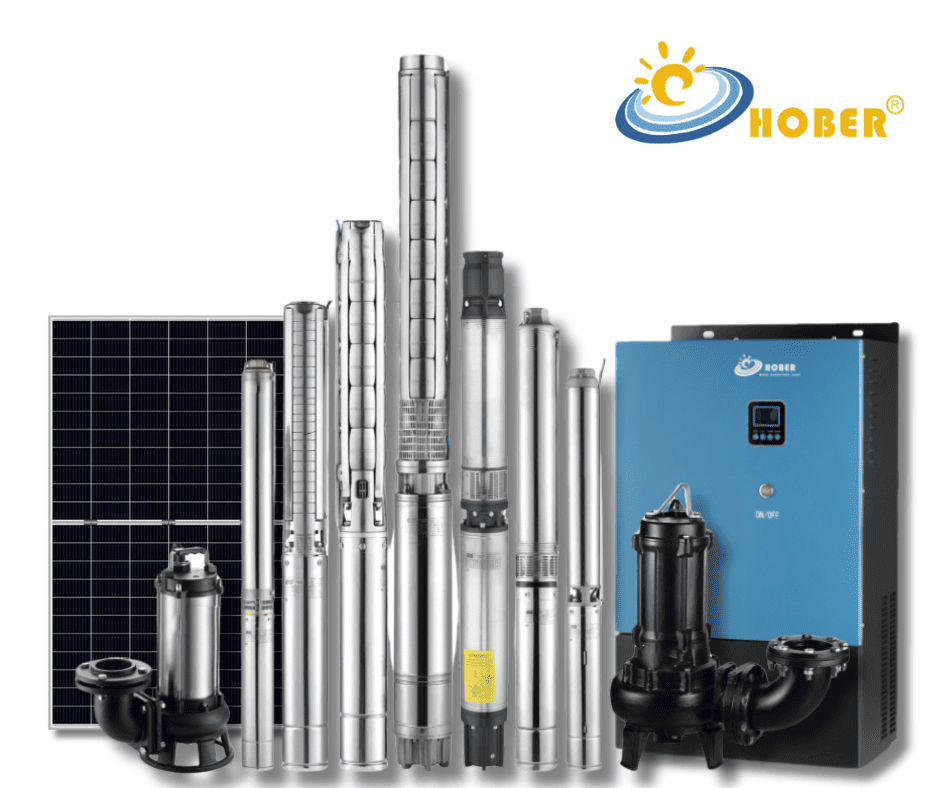
*Your email information is completely secure and will not be disclosed to third parties for any reason.